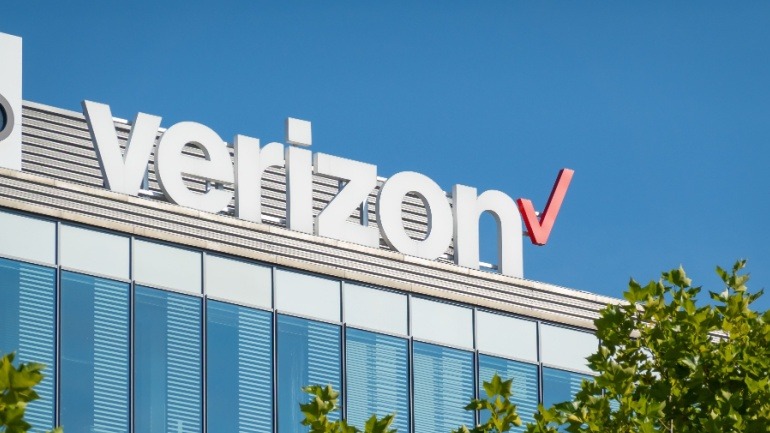T-Mobile US has taken a major step in the telecommunications industry by announcing the upcoming commercial launch of its T-Satellite Non-Terrestrial Network (NTN) service on July 23. This service targets a growing niche for satellite-to-cellular connectivity, addressing areas lacking terrestrial network coverage. With an impressive 1.8 million users already engaged in the beta phase since February, the demand appears robust. This membership includes numerous customers from AT&T and Verizon.
Speaking at the T-Mobile 5G Hub, Mike Katz, the company’s president of marketing, strategy, and products, highlighted customer preferences. Users display a strong desire for seamless connectivity using existing devices without needing line-of-sight satellite adjustments. This service targets regions devoid of terrestrial coverage, promising enhanced communication possibilities.
“Response has been incredible,” Katz emphasized, describing the progress made. Notably, T-Satellite’s beta testing has helped refine the experience, demonstrating technical feasibility and scalability for mass adoption. Katz proudly notes, “We are literally light years ahead of what any other competitor is doing in this space.”
The beta phase revealed interesting user behavior; customers sent three times fewer messages than they received. This underscores the importance of automatic connections, eliminating manual interference for users who might be out of terrestrial reach. This ensures users remain reachable even without being in line-of-sight, marking a shift from traditional models.
Initially, the service focuses on text-based communications, including RCS and iMessages. However, with the full launch, it will incorporate additional features such as multimedia messaging. This advancement aligns T-Satellite with modern communication demands, offering services like picture messaging and audio clips.
Future plans extend beyond basic messaging. The ability to text emergency services, like 911, will become standard from October 1. An intriguing offer extends the service to rival carrier customers, monetizing users from competing networks like Verizon and AT&T without requiring them to switch their primary providers. For a fee of $10 per month, this offers significant strategic positioning.







